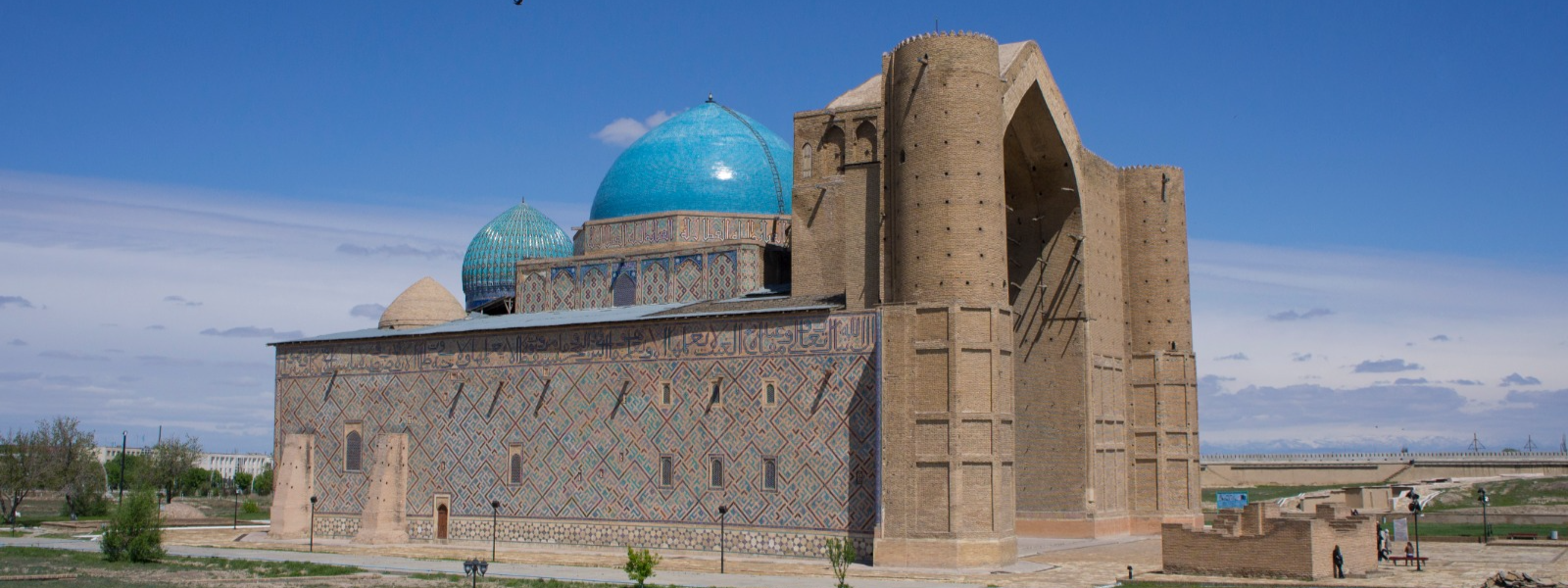Мартин Грей: «Каждый священный объект, который я посещаю, уникален»

Знаменитый фотограф и антрополог Мартин Грей дал интервью, в котором рассказал о своей новой книге и впечатлениях от посещения Казахстана. В своей книге «Места, изменившие человечество: сила, власть, история, религия» он включил мавзолей Ходжа Ахмета Яссауи в список 500 священных мест мира. Мы поговорили с Греем о его впечатлениях от этого уникального паломнического места и его многолетних путешествиях.
— Мартин, расскажите, как вы начали свою работу над книгой и почему выбрали тему священных мест?
— Я всегда был очарован тем, как различные культуры выражают свою духовность и почитают священные места. В течение двадцати лет я путешествовал по миру, посетив более 1000 святых мест в 80 странах. В моей книге "Места, изменившие человечество: сила, власть, история, религия" я делюсь воспоминаниями и фотографиями этих уникальных мест. Каждое из них имеет свою историю и значимость в религиозном и культурном контексте.
— Ваш список 500 священных мест мира включает мавзолей Ходжа Ахмета Яссауи в Казахстане. Почему вы решили включить именно его?
— В 2015 году я посетил Казахстан и был впечатлён архитектурной красотой и религиозной значимостью мавзолея Ходжа Ахмета Яссауи. Это место занимает важное место в Центральной Азии как центр паломничества и духовного развития. Я стараюсь избегать абсолютных терминов, таких как "любимое" или "единственное", но это место действительно впечатлило меня своей уникальностью.
— Вы упомянули о важности паломничества. Как вы относитесь к идее превращения таких мест в туристические объекты?
— Это сложный вопрос. С одной стороны, такие места с монументальной архитектурой действительно представляют интерес для туристов и могут стать визитной карточкой страны. С другой стороны, важно помнить об их духовной значимости. Я хочу, чтобы люди посещали эти места с уважением, понимая их сакральную природу. Не все туристы ведут себя как паломники, что может быть проблемой.
— Планы на будущее? Вернетесь ли вы в Казахстан?
— Я был бы рад вернуться в Казахстан и изучить новые культурные и исторические объекты. Меня всегда вдохновляло богатство истории и культуры, и я с удовольствием исследую другие музеи и заповедники вашей страны. Важно продолжать открывать для себя новое и делиться этим опытом с миром.
— Расскажите немного о своей книге и её доступности.
— Книга «Места, изменившие человечество: сила, власть, история, религия» была опубликована на английском, французском, немецком, испанском и итальянском языках. Это делает её доступной в книжных магазинах и онлайн в каждой из этих стран. Я надеюсь, что она станет источником вдохновения для многих и поможет открыть новые горизонты.
Отметим, Мавзолей Ходжи Ахмета Яссауи — мавзолей на могиле тюркского поэта и основателя суфийского ордена Яссавия Ходжи Ахмета Яссауи, расположенный в городе Туркестане в Туркестанской области Казахстана. Автор проекта — Тамерлан. Дата основания — XIV век. Является центральным объектом на территории историко-культурного музея-заповедника «Хазрет-султан».